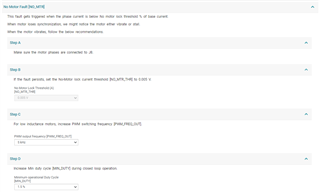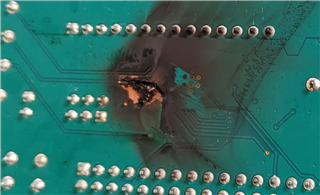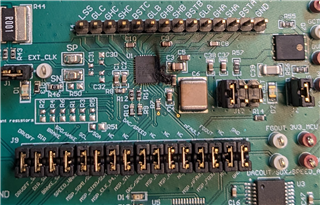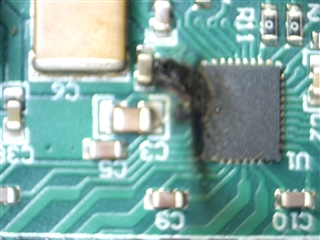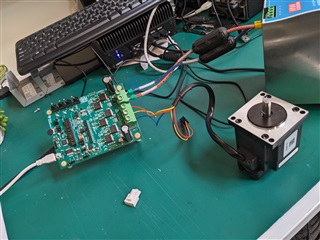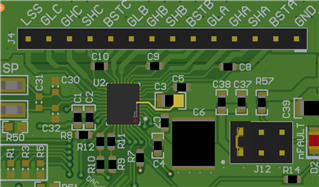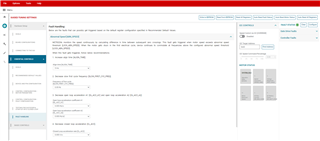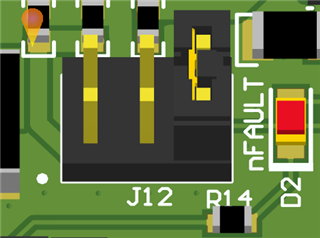I got a mct8329 evaluation dev kit
I installed the application, connected the bldc motor, usb and power (48vdc) as per documentation.
when I tried to spin the motor by rotating the variable resistor ... it would start in a jerky manner before picking up speed then it would immediate(~5sec) stop with a fault error indicating that the motor was missing.
resetting the alarms on the application would not help restart the motor. the only way would be to turn off the 48vdc supply, disconnect the usb and pretty much restart the application to connect to the dev board again.
after a couple attempts at this, something went bang on the board and the mct8329 motor drive chip - went up in smoke/fire. the output stages of the board did not seem to suffer
I tested the motor using another driver and it works ok.
Is this a normal early failure rate issue, a reliability issue or could I have done something wrong - there are only 5 connection points - the usb, the 3 motor wires and the motor dc supply,




